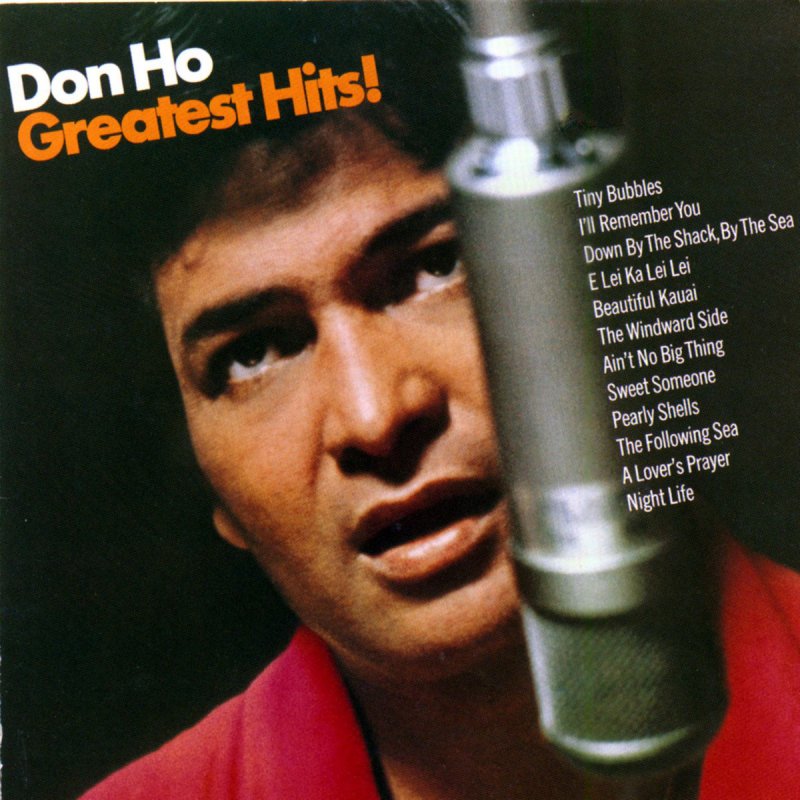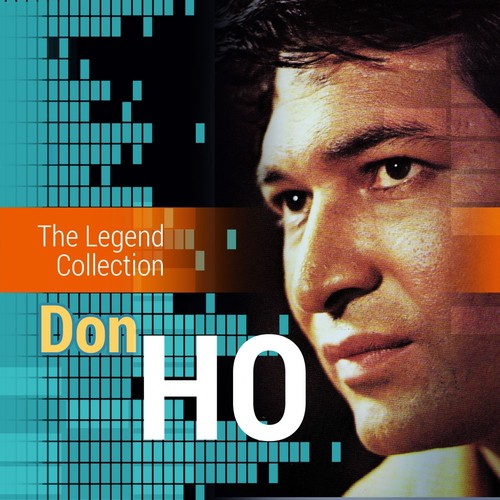
In 1974, Scottish country singer Sydney Devine performed "Tiny Bubbles" for his album, Encores it is considered to be his signature song.In 1968, American country singer Rex Allen released a cover, which peaked at #71 in the Billboard country charts.In 1967, Roger Williams performed a piano version on the album, Roger!.In 1966, Billy Vaughn released an instrumental cover and charted at #31 in the Bubbling Under Hot 100 Singles chart.Welk turned it down, although he later performed the song several times on his television show after it became a hit. "Tiny Bubbles" was originally written for Lawrence Welk, since he tended to perform "champagne music". Ho is survived by his wife, Haumea, and 10 children, including Hoku, who sometimes performed with her father.The song was requested by producer Sonny Burke after Ho couldn't successfully perform the song " Born Free". His final performance was Thursday, Jung said.

He was back performing at the Waikiki Beachcomber Hotel on a limited schedule less than two months after his heart procedure in Thailand. In the final years of his life, Ho’s heart problems couldn’t keep him away from the stage. “He laid the foundation for the international prominence Hawaii’s music industry enjoys today.”īesides “Tiny Bubbles,” his other well-known songs include “I’ll Remember You,” “With All My Love,” and the “Hawaiian Wedding Song.” “Hawaii has lost a true island treasure,” she said. Linda Lingle said Ho created a legacy that will inspire future generations of musicians in Hawaii. “I’ve had too much fun all these years,” he said in the 2004 interview.
#SONG TINY BUBBLES LYRICS TV#
One of Ho’s most memorable TV appearances was a 1972 cameo on an episode of “The Brady Bunch.” Ho also became a television star, and hosted the “The Don Ho Show” on ABC from 1976-77. and Frank Sinatra were known to be in the audience for Ho’s shows. Stars such as Lucille Ball, Sammy Davis Jr. Soon he was packing places such as the Flamingo Hotel in Las Vegas. Ho began to play at various spots in Hawaii, then had a breakout year in 1966, when appearances at the Coconut Grove in Hollywood helped him build a mainland following, and the release of “Tiny Bubbles” gave him his greatest recording success. Honey’s became a happening place on Oahu, with other Hawaiian musicians stopping in for jam sessions. Every weekend there would be lines down the street.” “I just played songs I liked from the radio, and pretty soon that place was jammed. “I had no intention of being an entertainer,” Ho said. When he returned home and took over his parents’ struggling neighborhood bar, Honey’s, he put together a band and started performing at his father’s request. As the Korean War wound down, he piloted transport planes between Hickam Air Force Base in Honolulu and Tokyo. military planes flying in and out of Hawaii during World War II, Ho joined the Air Force. He grew homesick, returned to the islands and ended up graduating from the University of Hawaii in 1953 with a degree in sociology. After graduating in 1949, he attended Springfield College in Massachusetts on an athletic scholarship. In high school, he was a star football player and worked for a brief time in a pineapple cannery. 13, 1930, in Honolulu and grew up in the then-rural countryside of Kaneohe.

“Hawaii is my partner,” Ho told The Associated Press in 2004.ĭonald Tai Loy Ho, who was Hawaiian, Chinese, Portuguese, Dutch and German, was born Aug. Few artists are more associated with one place. The son of bar owners, Ho broke into the Waikiki entertainment scene in the early 1960s and, except for short periods, never left.

He said he performed it twice because “people my age can’t remember if we did it or not.” “I hate that song,” he often joked to the crowd. Shows usually started and ended with the same song, “Tiny Bubbles.” Ho mostly hummed the song’s swaying melody as the audience enthusiastically took over the familiar lyrics: “Tiny bubbles/in the wine/make me happy/make me feel fine.” For many, no trip to Hawaii was complete without seeing his Waikiki show - a mix of songs, jokes, double entendres, Hawaii history and audience participation. Ho entertained Hollywood’s biggest stars and thousands of tourists for four decades.


 0 kommentar(er)
0 kommentar(er)
